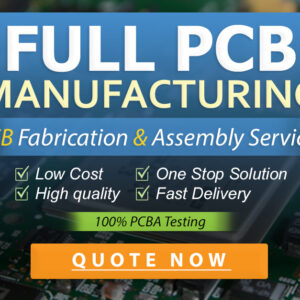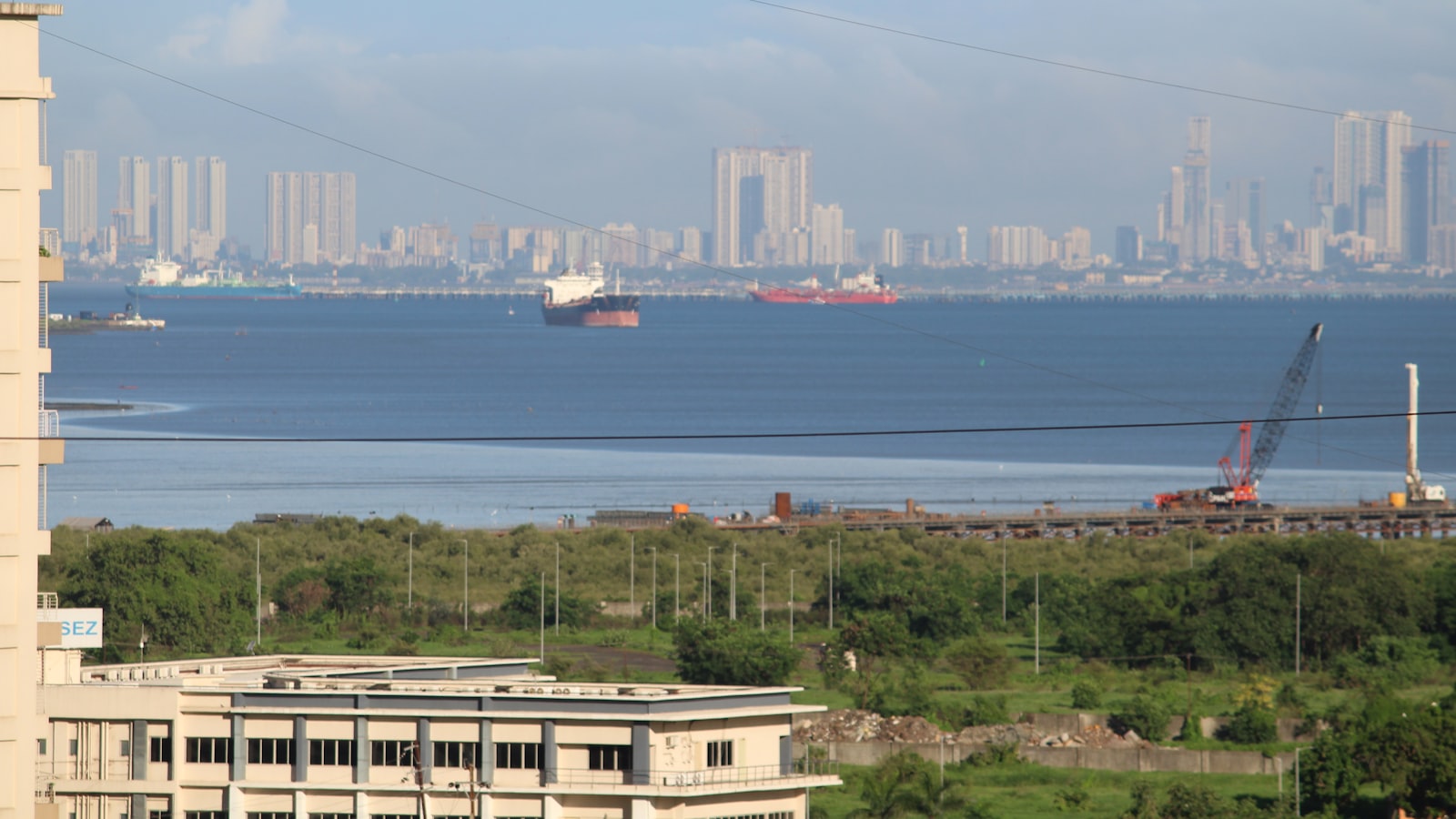Introduction to Rapid PCB Prototyping
Rapid PCB prototyping is a process that enables the quick fabrication of printed circuit boards (PCBs) for testing and validation purposes. This process is essential for electronics designers and engineers who need to create functional prototypes of their designs before mass production. Rapid PCB prototyping allows for faster iterations, reducing the time and cost associated with traditional PCB manufacturing methods.
The Importance of Rapid PCB Prototyping
In today’s fast-paced electronics industry, rapid PCB prototyping has become a crucial step in the product development cycle. Some of the key benefits of rapid PCB prototyping include:
- Faster time-to-market: By streamlining the prototyping process, designers can quickly test and validate their designs, reducing the overall time required to bring a product to market.
- Cost-effective: Rapid PCB prototyping allows for the creation of small batches of PCBs without the need for expensive tooling and setup costs associated with traditional manufacturing methods.
- Design optimization: With the ability to quickly create and test prototypes, designers can identify and address potential issues early in the development process, resulting in a more optimized final product.
The Rapid PCB Prototyping Process
The rapid PCB prototyping process typically involves the following steps:
1. PCB Design
The first step in rapid PCB prototyping is to create a digital design of the circuit board using electronic design automation (EDA) software. Popular EDA tools include Altium Designer, KiCad, and Eagle. During this stage, designers lay out the components, traces, and vias that make up the PCB.
2. Design Verification
Once the PCB design is complete, it undergoes a thorough verification process to ensure that it meets the required specifications and design rules. This includes checking for potential errors, such as short circuits, open circuits, and signal integrity issues.
3. Fabrication
After the design has been verified, the PCB files are sent to a rapid prototyping service provider for fabrication. Rapid PCB prototyping typically relies on advanced manufacturing techniques, such as:
- 3D printing: This method involves depositing conductive and insulating materials layer by layer to create the PCB structure.
- CNC milling: A computer-controlled milling machine is used to remove excess copper from a pre-laminated substrate, leaving behind the desired circuit pattern.
- Laser etching: A high-powered laser is used to remove unwanted copper from the substrate, creating the circuit pattern.
4. Assembly
Once the bare PCBs have been fabricated, the components are assembled onto the board. This can be done manually for small batches or using automated pick-and-place machines for larger volumes. The assembled PCBs are then soldered, either through wave soldering or reflow soldering processes.
5. Testing and Validation
The assembled PCB prototypes undergo rigorous testing and validation to ensure that they function as intended. This may include functional testing, signal integrity analysis, and environmental stress testing. Any issues identified during this stage are addressed before the design is finalized for mass production.

Choosing a Rapid PCB Prototyping Service Provider
When selecting a rapid PCB prototyping service provider, several factors should be considered:
- Turnaround time: Look for a provider that offers fast turnaround times to ensure that you can quickly iterate on your designs.
- Manufacturing capabilities: Ensure that the provider has the necessary equipment and expertise to fabricate PCBs that meet your specific requirements, such as layer count, material type, and surface finish.
- Quality control: Choose a provider that adheres to strict quality control standards to ensure that your prototypes are reliable and function as intended.
- Customer support: A responsive and knowledgeable customer support team can help guide you through the prototyping process and address any concerns you may have.
Advancements in Rapid PCB Prototyping
As technology continues to evolve, so do the methods and materials used in rapid PCB prototyping. Some of the latest advancements include:
Conductive Ink Printing
Conductive ink printing is an emerging technology that allows for the creation of PCBs using inkjet or screen printing methods. This approach offers several advantages, such as the ability to print on flexible substrates and the potential for low-cost, high-volume production.
Embedded Components
Embedded component technology involves integrating passive components, such as resistors and capacitors, directly into the PCB substrate. This approach can lead to smaller, more compact designs and improved signal integrity.
High-Frequency Materials
As the demand for high-speed, high-frequency electronics grows, so does the need for PCB materials that can support these applications. Advanced substrate materials, such as low-loss tangent laminates and high-frequency ceramics, are being developed to meet these requirements.
PCB Prototyping vs. PCB Manufacturing
While rapid PCB prototyping and traditional PCB manufacturing share some similarities, there are key differences between the two processes:
| Aspect | PCB Prototyping | PCB Manufacturing |
|---|---|---|
| Volume | Low (typically 1-100 units) | High (100+ units) |
| Turnaround Time | Fast (1-5 days) | Longer (2-8 weeks) |
| Cost per Unit | Higher | Lower |
| Tooling Required | Minimal | Extensive |
| Design Flexibility | High | Moderate |
Rapid PCB prototyping is ideal for creating small batches of boards quickly and cost-effectively, while traditional PCB manufacturing is better suited for high-volume production runs.
Conclusion
Rapid PCB prototyping is a vital process in the electronics industry, enabling designers and engineers to quickly create and validate functional prototypes of their PCB designs. By leveraging advanced manufacturing techniques and materials, rapid prototyping service providers can deliver high-quality PCBs with fast turnaround times and minimal setup costs. As technology continues to advance, the possibilities for rapid PCB prototyping will only expand, driving innovation in the electronics sector.
Frequently Asked Questions (FAQ)
- What is the typical turnaround time for rapid PCB prototyping?
Rapid PCB prototyping services typically offer turnaround times ranging from 1 to 5 days, depending on the complexity of the design and the chosen manufacturing method. - How much does rapid PCB prototyping cost?
The cost of rapid PCB prototyping varies based on factors such as the PCB size, layer count, material type, and quantity. However, it is generally more expensive per unit compared to traditional high-volume PCB manufacturing. - What are the minimum and maximum layer counts supported by rapid PCB prototyping?
Most rapid PCB prototyping services can accommodate a wide range of layer counts, from single-layer to 16-layer (or more) PCBs. However, the specific capabilities may vary between service providers. - Can I use rapid PCB prototyping for flexible or rigid-flex PCBs?
Yes, many rapid PCB prototyping service providers offer the ability to create flexible and rigid-flex PCBs, in addition to standard rigid PCBs. - Are there any design limitations when using rapid PCB prototyping?
While rapid PCB prototyping offers significant design flexibility, there may be some limitations depending on the chosen manufacturing method. It is essential to consult with your service provider to ensure that your design can be successfully fabricated using their rapid prototyping capabilities.




